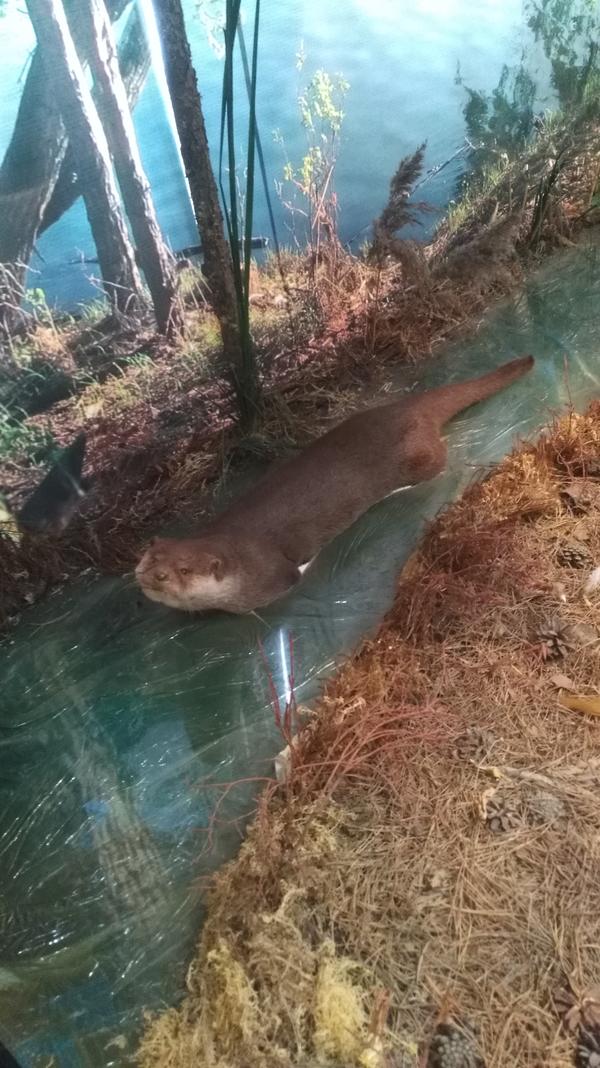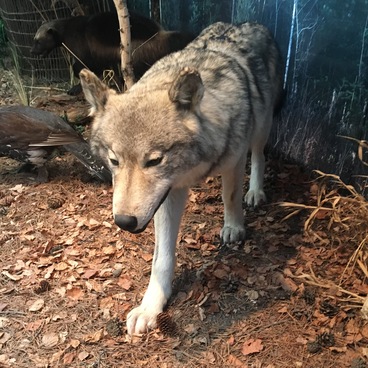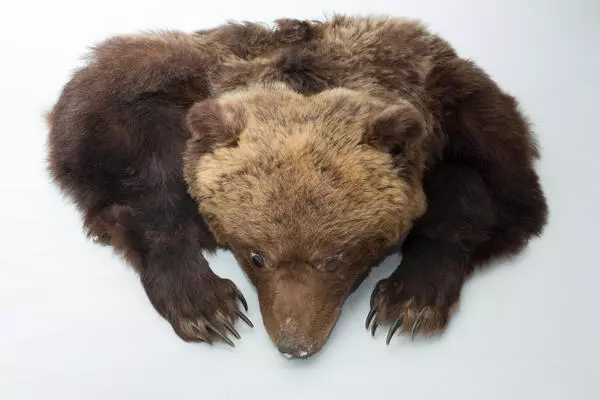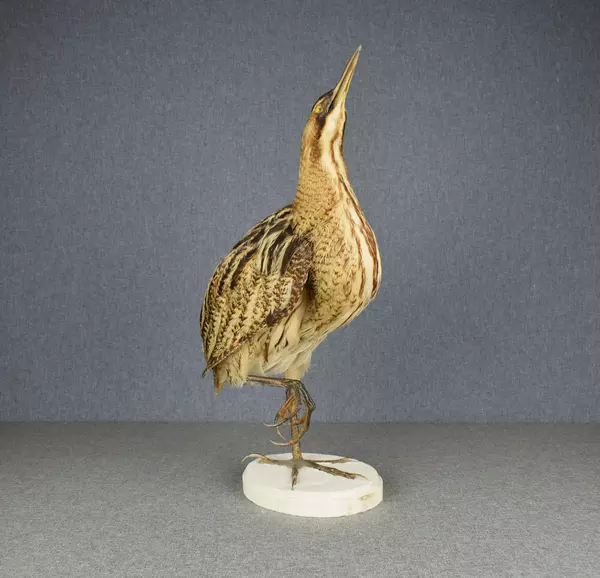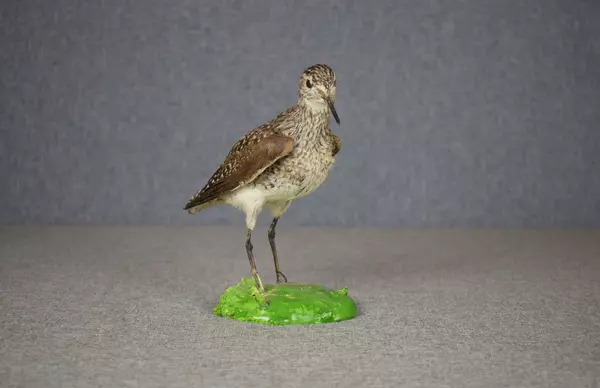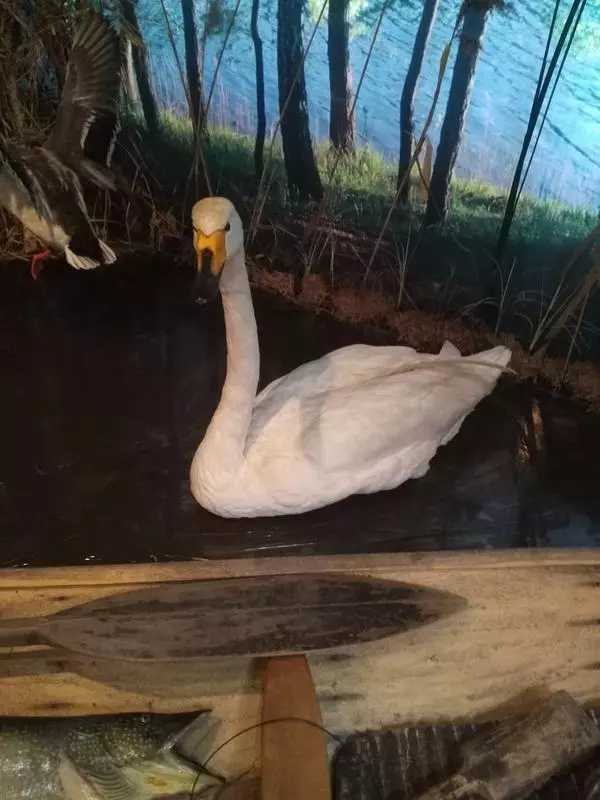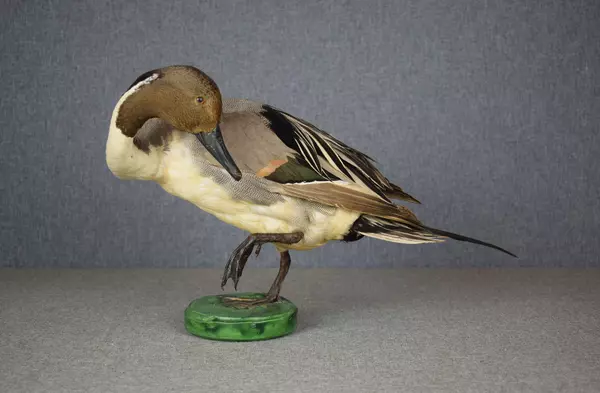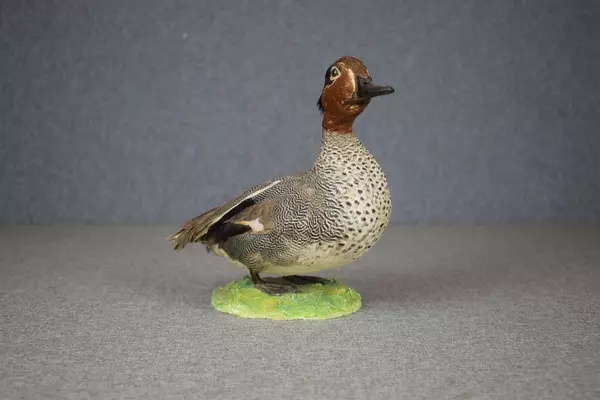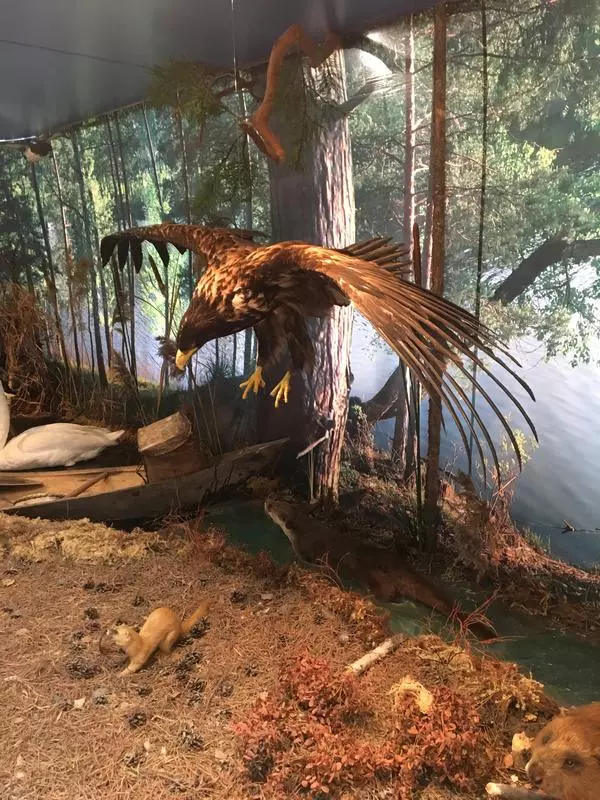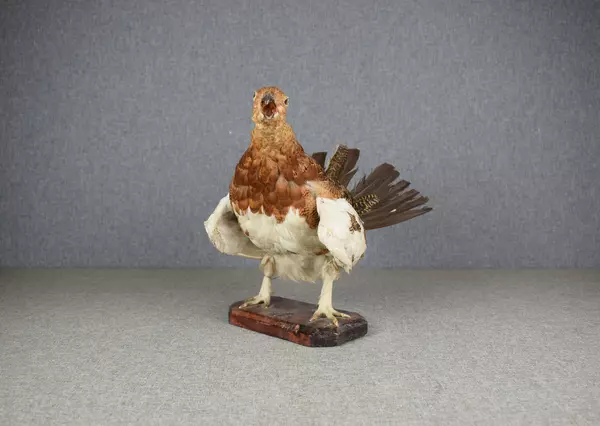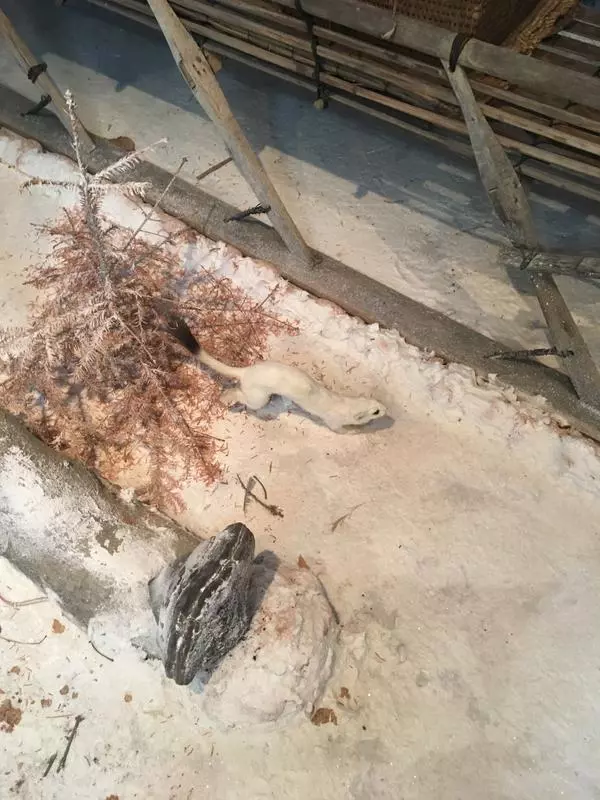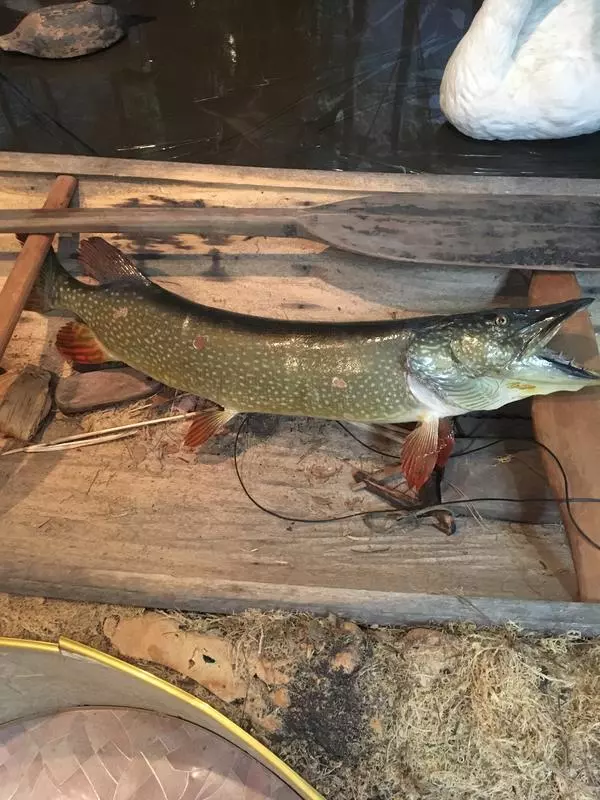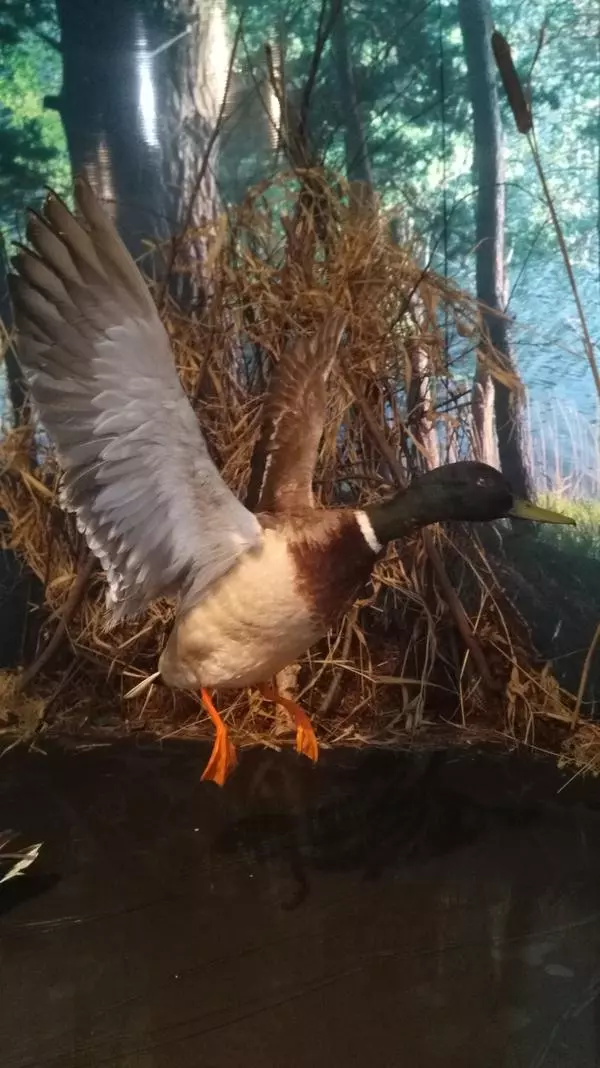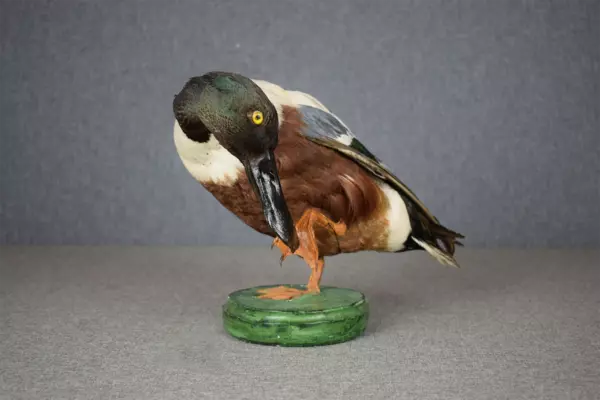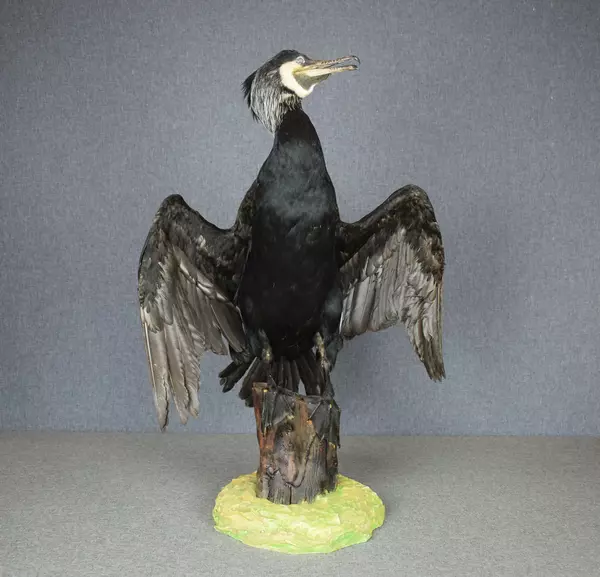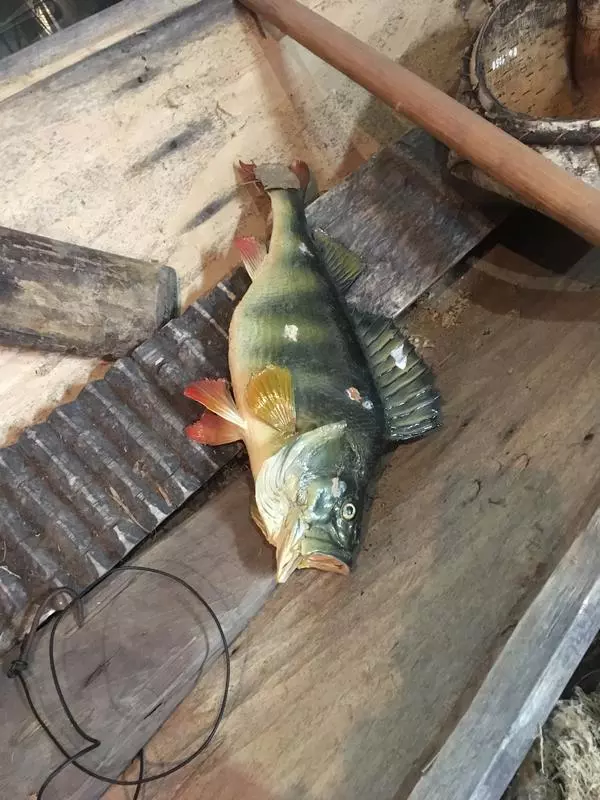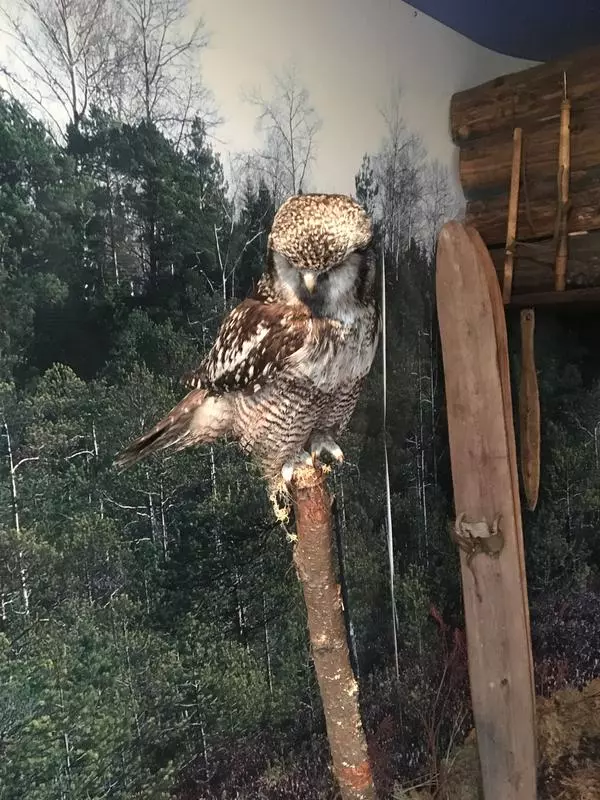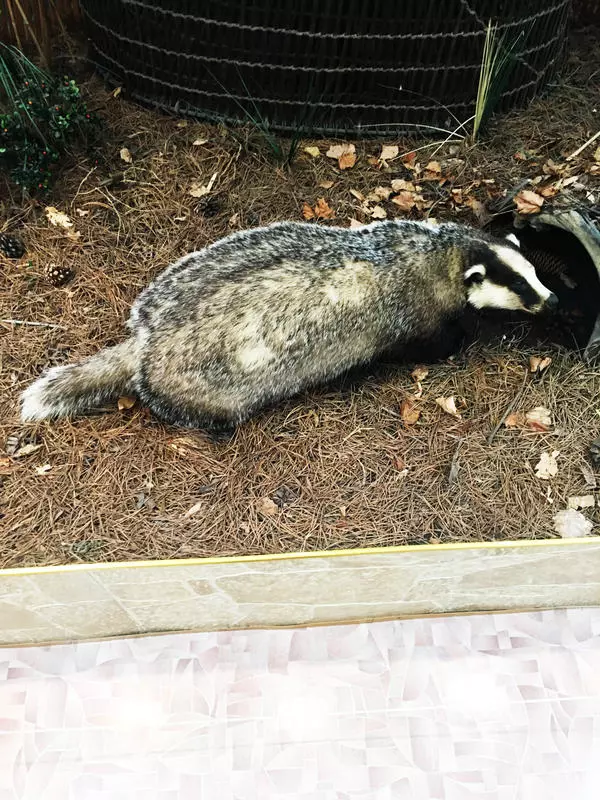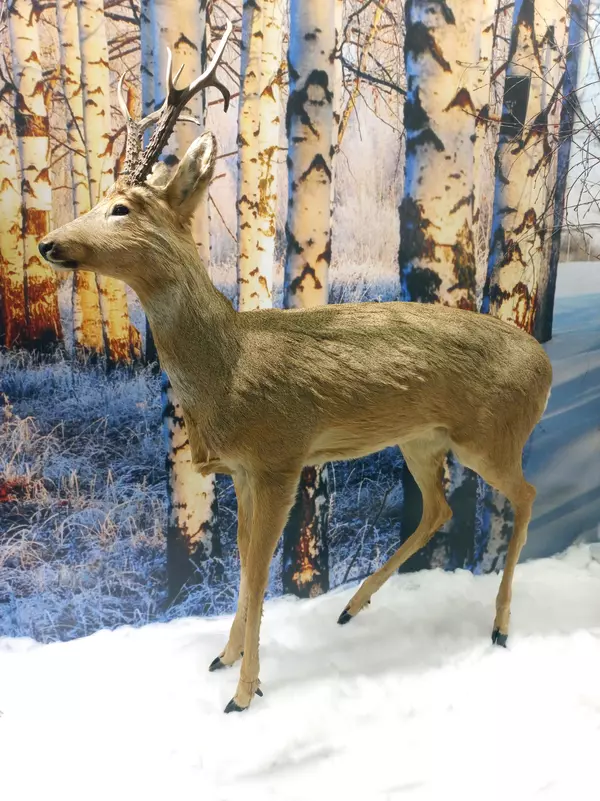Otter is a carnivore species of Weasel family. Its Latin name is Lutra lutra. The animal’s body length may range from 55 centimeters to 1 meter, tail length — from 25 to 50 centimeters, and weight can reach 10 kilograms. The otter’s strong elongated body is aerodynamically shaped and superbly flexible, while the paws have swimming webs and claws.
Otter’s habitat is very vast and includes almost the entire Europe, Asia and North Africa. In Russia, this animal can be found even in the Far North.
Otter is not much to look at due to its bleak brown coloration. The upper fur is coarse, while the underfur is delicate and very dense. It is that particularly thick layer that makes the entire hide water tight and perfectly protects the body from hypothermia. The webbed paws and long tail give that animal quick underwater propulsion and excellent maneuverability. There are also special valves in the ears and the nose that keep water from getting inside when the animal dives.
Otter is a very energetic and playful animal — it is always on the move. It is a superb swimmer and shrewd hunter. Its nose, eyes and ears are perfect. Otter lives alone and her out water/in water time is split half-by-half. Chasing her prey it may stay underwater for almost 2 minutes and swim up to 300 meters.
Otter can be most frequently found in forest rivers, lakes and ponds, often even on a seashore. Any place where fish is plentiful. The animal lives in holts dug in the hard-to-access places along the coast. Entrance to a shelter is under water, so the otters stay away from the streams that get frozen to the bottom. However, in winter otters like to slide from icy slopes. The otter’s holt location is often betrayed by low icy elevations with traces left by belly slides.
Otters almost never dig they own hole — they prefer to squat in the abandoned dwellings of other animals like beavers. Only danger and hunger may force an otter to abandon the territory, on which it settled. Otter always has several backup emergency shelters to hide from the enemies.
Otter’s habitat is very vast and includes almost the entire Europe, Asia and North Africa. In Russia, this animal can be found even in the Far North.
Otter is not much to look at due to its bleak brown coloration. The upper fur is coarse, while the underfur is delicate and very dense. It is that particularly thick layer that makes the entire hide water tight and perfectly protects the body from hypothermia. The webbed paws and long tail give that animal quick underwater propulsion and excellent maneuverability. There are also special valves in the ears and the nose that keep water from getting inside when the animal dives.
Otter is a very energetic and playful animal — it is always on the move. It is a superb swimmer and shrewd hunter. Its nose, eyes and ears are perfect. Otter lives alone and her out water/in water time is split half-by-half. Chasing her prey it may stay underwater for almost 2 minutes and swim up to 300 meters.
Otter can be most frequently found in forest rivers, lakes and ponds, often even on a seashore. Any place where fish is plentiful. The animal lives in holts dug in the hard-to-access places along the coast. Entrance to a shelter is under water, so the otters stay away from the streams that get frozen to the bottom. However, in winter otters like to slide from icy slopes. The otter’s holt location is often betrayed by low icy elevations with traces left by belly slides.
Otters almost never dig they own hole — they prefer to squat in the abandoned dwellings of other animals like beavers. Only danger and hunger may force an otter to abandon the territory, on which it settled. Otter always has several backup emergency shelters to hide from the enemies.

